Have you ever thought, "Do multimeters use batteries?" If this is the case, you've arrived at the right place. In this blog post will define a multimeter and determine whether it requires battery power to function correctly. In addition to describing how these tools are powered, we'll go over some of the safety considerations that must be taken when using a multimeter and their application in electrical testing and maintenance. So, whether you're new to electronics or want a better understanding of this vital tool, keep reading to learn everything you need about multimeter secrets!
Tips on Conserving Battery Life in a Multimeter
Unplug the multimeter when it's not in use:
Unplug the multimeter when you're done taking readings or if it's not being used. This will help conserve battery life and prevent unnecessary drain on the batteries.
Use a power adapter/charger available:
If your multimeter has an optional power adapter, use it whenever possible instead of relying solely on the batteries. Not only will this help conserve battery life, but it can also provide more consistent performance.
Replace old or weak batteries ASAP:
Never wait too long to replace old or weak batteries in your multimeter, as doing so can cause unnecessary strain on the device and lead to premature battery failure.
Switch off the display backlight when unnecessary:
Most multimeters have a backlight feature to help see readings in dark areas. Turn this feature off when unnecessary, as it can drain battery life quickly if left on for extended periods.
Store Properly:
Properly stored Multimeters will last much longer than those stored improperly. Make sure to store in a cool and dry place away from any direct heat or sunlight sources. Also, ensure the contacts are clean and free from dirt or dust before storing them for long periods.
Following these tips can help significantly extend your multimeter's battery life and ensure it is always ready to use when needed. Properly maintaining and caring for battery-powered multimeters will help ensure they remain reliable, accurate, and safe.
How to Change a Battery in a Multimeter?
Changing the battery in a multimeter is a straightforward task that should only take a few minutes. The first step is to turn off the multimeter and disconnect it from any power source.
Turn Off the Multimeter:
Make sure to switch off the multimeter before attempting to change its battery. Then, unplug it from any power source and proceed with caution.
Locate Battery Compartment:
Typically located on the back of the multimeter, locate the battery compartment cover and remove it carefully with a screwdriver or similar tool.
Remove the Old Battery:
Once accessed, lift out the old battery using a pair of tweezers or another small instrument. Please take note of its orientation so that you can install its replacement similarly.
Insert New Battery:
Please insert the new battery with its positive (+) side facing up, then replace the battery compartment cover and secure it with a screwdriver.
Test Multimeter:
Once the battery is changed, please turn on the multimeter to test its functionality. If all readings are accurate, you have successfully changed the battery in your multimeter!
You have learned how to change a multimeter's battery! For more thorough assistance, check your user manual or an experienced professional. When working with electricity, you must take precautions and display extreme caution. Changing the battery in a multimeter may be done safely and fast with the correct equipment and knowledge!
Do Multimeters Use Batteries?
Digital multimeters require a battery to power the device and display readings. The most common type of battery used is a 9-volt, though some digital multimeters may use a AA or AAA battery.
Most analog multimeters do not require batteries as they rely on the electricity passing through the probes to power the device and display readings.
Digital multimeters have an advantage over analog models: they can store readings, measure AC and DC currents, display readings digitally, and perform data logging. They provide more accurate results and are easier to read than analog models.
It is essential to always check the battery levels of your digital multimeter before use. A low battery may affect the accuracy of measurements taken by the device. Replacing batteries when necessary will ensure you get the most accurate reading from your device.
Overall, digital multimeters require a small battery for operation, while analog models do not need a battery to measure voltage or other electrical parameters. Digital meters offer greater accuracy and convenience than analog counterparts, making them more popular amongst professionals working with electricity regularly. To ensure optimal performance from your digital multimeter, checking the battery levels before use is always essential.
Frequently Asked Questions:
What is the primary purpose of a multimeter?
A multimeter is a device that measures electrical values, such as current, voltage, and resistance. It's commonly used to troubleshoot or diagnose problems in electrical circuits.
How often should I replace the batteries in my multimeter?
Generally speaking, you should replace the batteries in your multimeter every six months or sooner if you notice a decrease in performance. Consult your user manual for specific details about your device's battery replacement.
What type of batteries does a digital multimeter use?
Most digital multimeters rely on either standard AA or AAA batteries as their primary power source. Some models also require a 9V battery, so check your user manual for specifics about the kind of battery your device needs.
What should I do if my multimeter doesn't turn on or doesn't seem to be working correctly?
If your multimeter isn't turning on or performing as expected, it's likely that the battery is either dead or low and must be replaced. Check your user manual for instructions about replacing the battery, and also confirm that all connections are securely plugged in before attempting any repairs.
How can I tell if my multimeter is running out of power?
If your multimeter is running low on battery power, you'll likely experience a decrease in performance. You may also notice that your device's display dims or begins to flicker. To avoid this issue, regularly check and replace the batteries according to manufacturer instructions.
Conclusion:
Lastly, multimeters can use batteries. Whether it is a digital or analog multimeter, you should check the instruction manual to determine the type and size of battery required for your specific device. Digital multimeters typically require a small battery, while analog versions do not require any power source. It's essential to have up-to-date batteries for the multimeter to provide accurate readings. Furthermore, by using fresh batteries regularly, you can help extend the life of your multimeter and protect its accuracy over time.


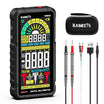
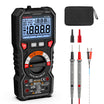

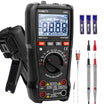
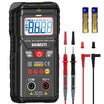
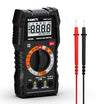
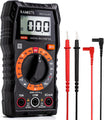
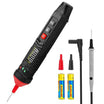
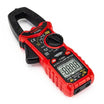
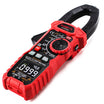
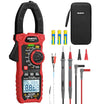

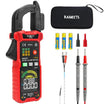
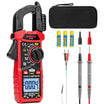


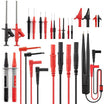


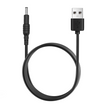
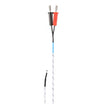
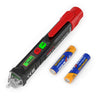

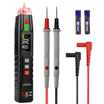
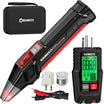
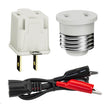
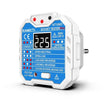
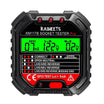
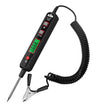
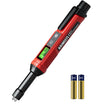
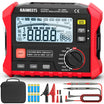

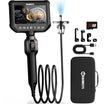


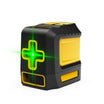
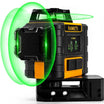











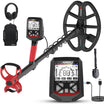




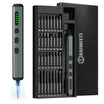
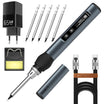


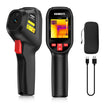
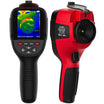
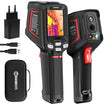
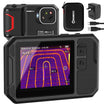
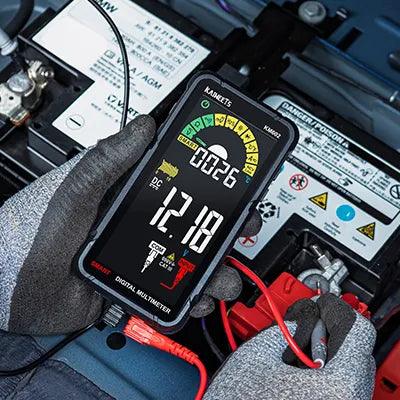
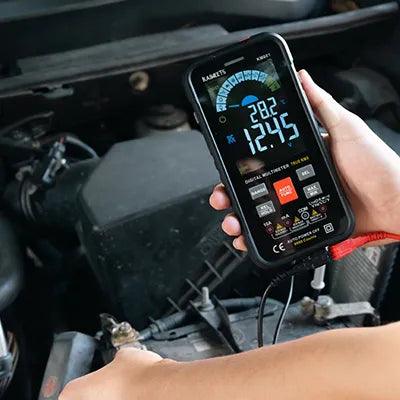
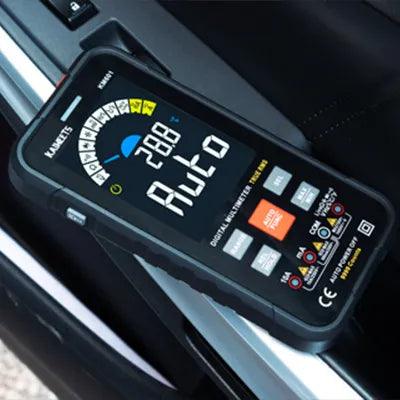
Commenta
Nota che i commenti devono essere approvati prima di essere pubblicati.
Questo sito è protetto da hCaptcha e applica le Norme sulla privacy e i Termini di servizio di hCaptcha.